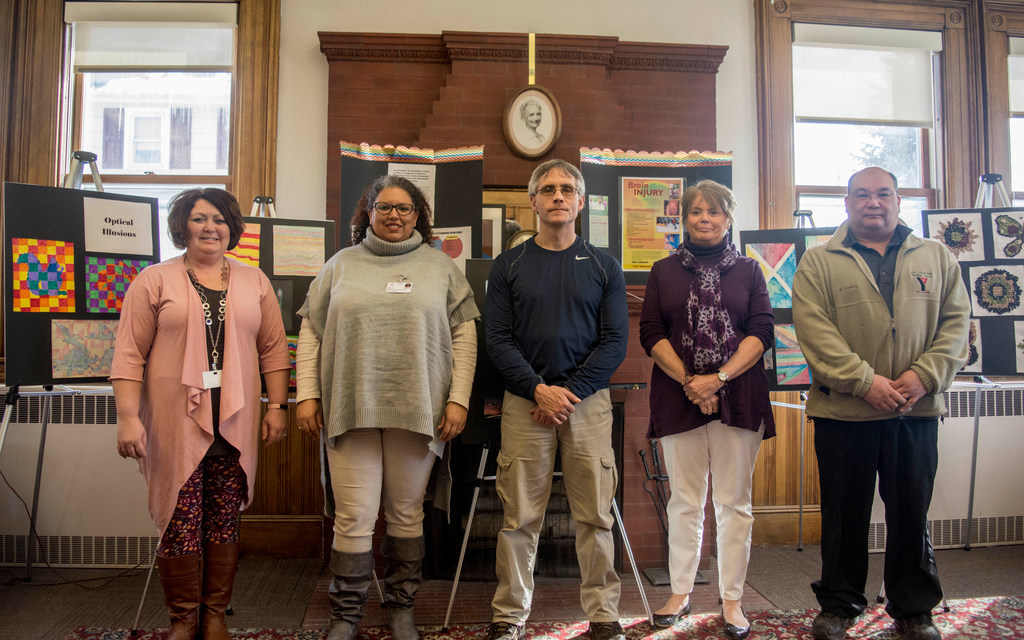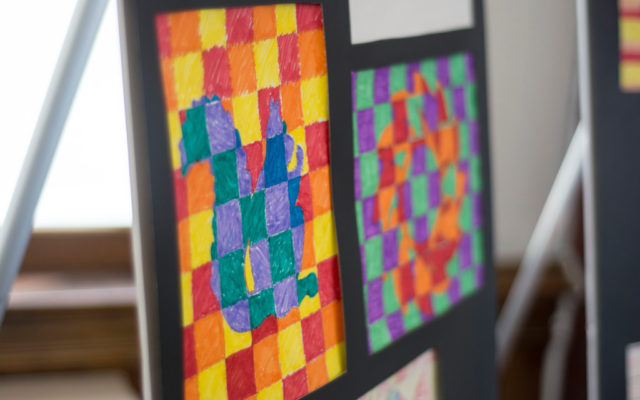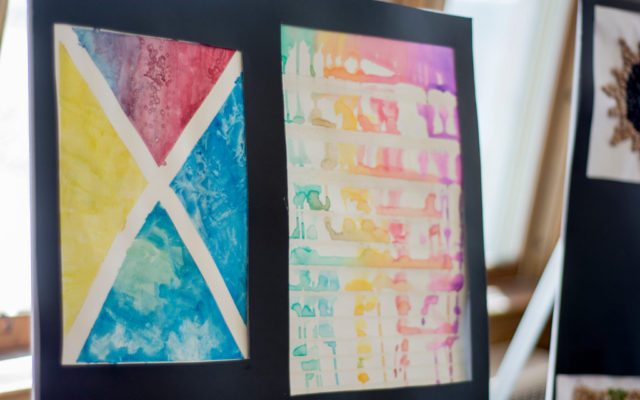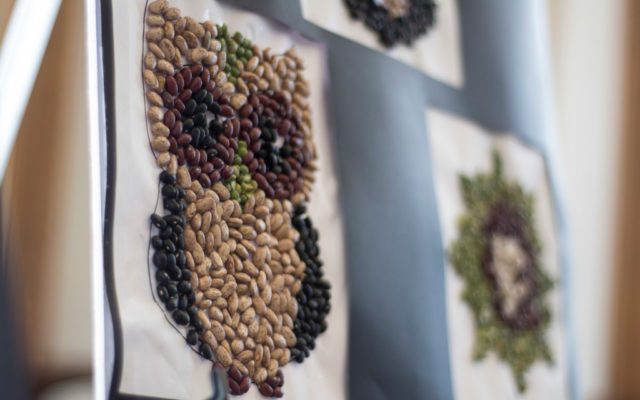
CARIBOU, Maine — For over a decade, people in The County suffering from brain injuries have turned their experiences into art as part of the Center for Integrated Neuro Rehabilitation (CINR) program based in Caribou. Now, that art is on display at the Caribou Public Library for the entire month.
Pam Searles, a clinical consultant with CINR, said this is the first time the facility has ever showcased their clients art via a public display.
Keely LeBlanc, a CINR brain injury support specialist, said she often uses art as a medium through which her clients can both express themselves and re-develop skills that may have been lost due to a neurological condition.
“They did such a great job,” said LeBlanc,” that Pam suggested we contact the library and see if they would like to hold a display.”
Caribou Public Library Director Hope Shafer said she and the library staff were “thrilled” and “excited” to bring awareness to the public about both the center and people in the area dealing with brain injuries.
“We hope to bring awareness by having this group showcase the incredible art their clients have done,” she said, “and to help others recognize why this artwork is so incredible.”
Searles said CINR, which is part of the Aroostook Mental Health Center (AMHC), primarily focuses on helping those with trauma or an acquired brain injury to get back into and functioning in society. That goal is accomplished through many outlets, such as art, she said.
“Art helps them manage their emotions,” said Kevin Huston, a rehabilitation technician at CINR, “and to express things that otherwise can’t be expressed. Some of our people have aphasia, or the inability to use words, so it’s a useful outlet. If a right-handed person has a stroke and loses the ability to use that side of their body, they really have to concentrate on things like drawing and using their motor skills.”
LeBlanc said she hopes the exhibit will help members of the community learn more about the experiences of people with brain injuries.
“I hope people will know that those with a brain injury can do the same things others can,” she said. She wants folks “to look at them as a human being, and know that while sometimes they may look OK, you may not be able to tell visually that something has happened to them. Often times people don’t take into account that there are things below the surface.”
Huston said this is one of the primary misconceptions about brain injuries, adding that it “is not always evident,” and that people with brain injuries sometimes exhibit different characteristics.
The art pieces themselves were drawn as part of the program’s efforts to improve motor function, the following of directions, and problem solving. For one project, clients had to draw straight lines and follow a pattern, while another involved placing beans over a tracing of an image.
LeBlanc said that some aspects that go beyond the directions, such as which colors to choose, can be overwhelming to certain patients and may cause them to stop. Other clients, however, began with specific patterns in mind and ended up becoming so absorbed in the project that the end result did not resemble their original intention.
“For some people,” LeBlanc said, “it can be hard to plan out. It can be overwhelming.”
David LeTourneau, a CINR brain injury specialist, said the organization’s specific mission is to work with people so they can become “as independent as they can possibly be.”
“We want to help people acquire the skills needed to obtain their own apartment,” he said, “or to do their own grocery shopping.”
CINF is CARF (Commission on Accreditation of Rehabilitation Facilities) accredited, and while it specializes in brain injury rehabilitation, staffers also are able to help clients get in touch with other mental health professionals working under AMHC.
Jamie Owens, director of marketing and development at AMHC, said the organization has been providing services to people in Aroostook, Washington, and Hancock counties since 1970. AMHC now serves about 6,000 clients annually.
Searles said that if a client comes in with issues related to mental health counseling or substance abuse, CINR staff will make referrals to the appropriate organization.
“We all collaborate together,” she said, “to help support our clients’ needs.”
While the library exhibit had only been up a few days, Shafer said she’s already heard a great deal of positive feedback from patrons.
“Most are drawn immediately because of the artwork,” she said, “and will say that they need to bring their mom or relative back so they can see it. The display brings out a lot of stories from people with family members who have had injuries, and I’ve heard people say they wish this had been available for their uncle, aunt, cousin, sister, or friend. We are blessed to have this available in Aroostook County.”
- For the entire month, the Caribou Public Library is displaying artwork created by individuals suffering from brain injuries or trauma. Clients of the Center for Integrated Neuro Rehabilitation created the art in an effort to regain skills and express themselves. (Chris Bouchard)







